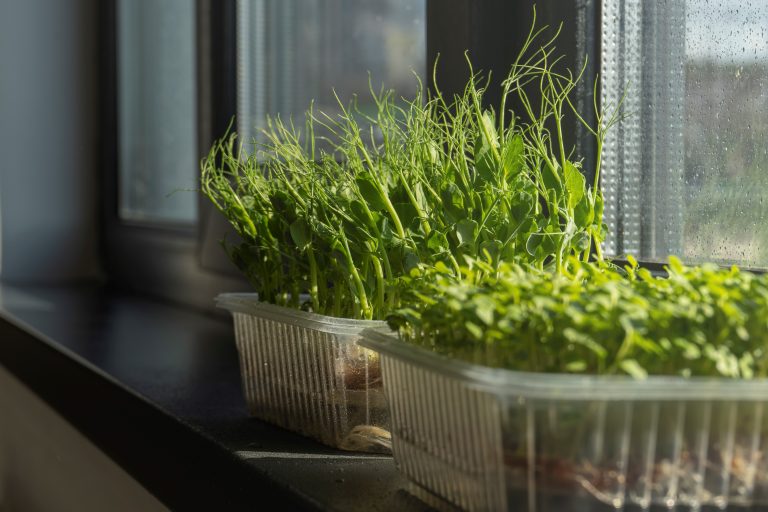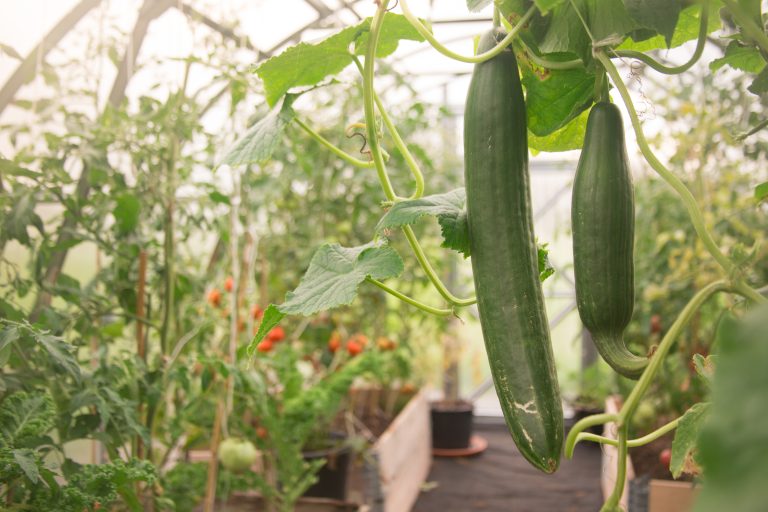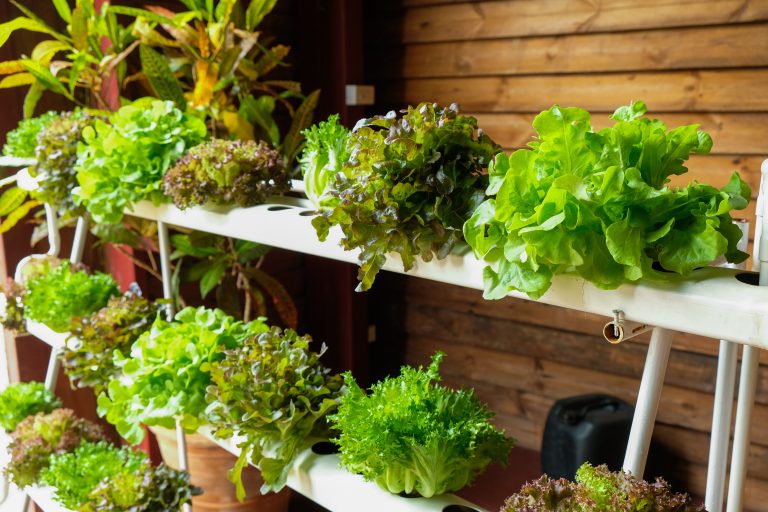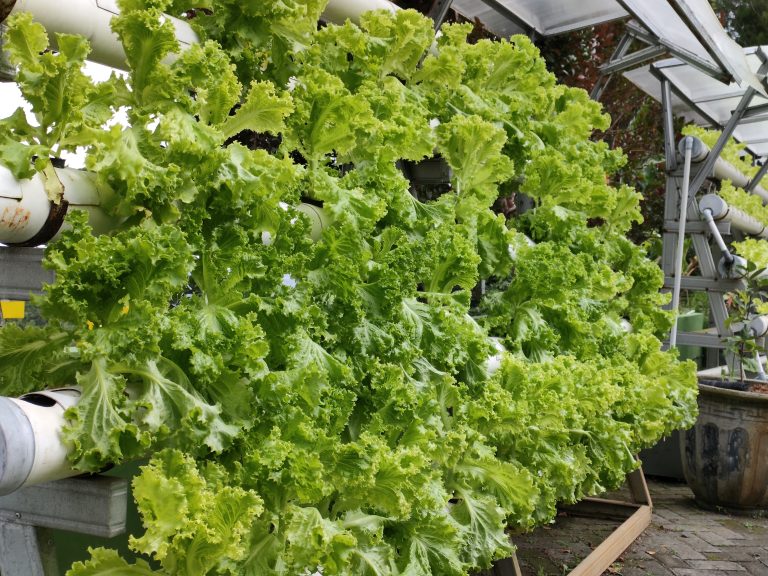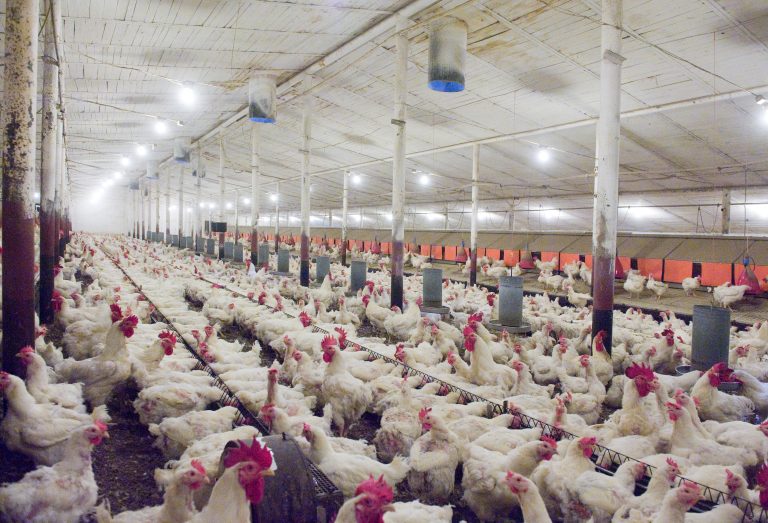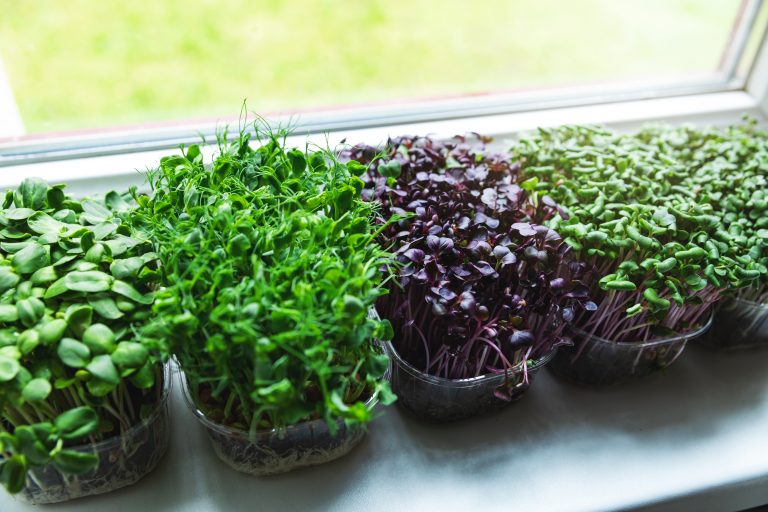5 Top Soils for Thriving Organic Microgreens
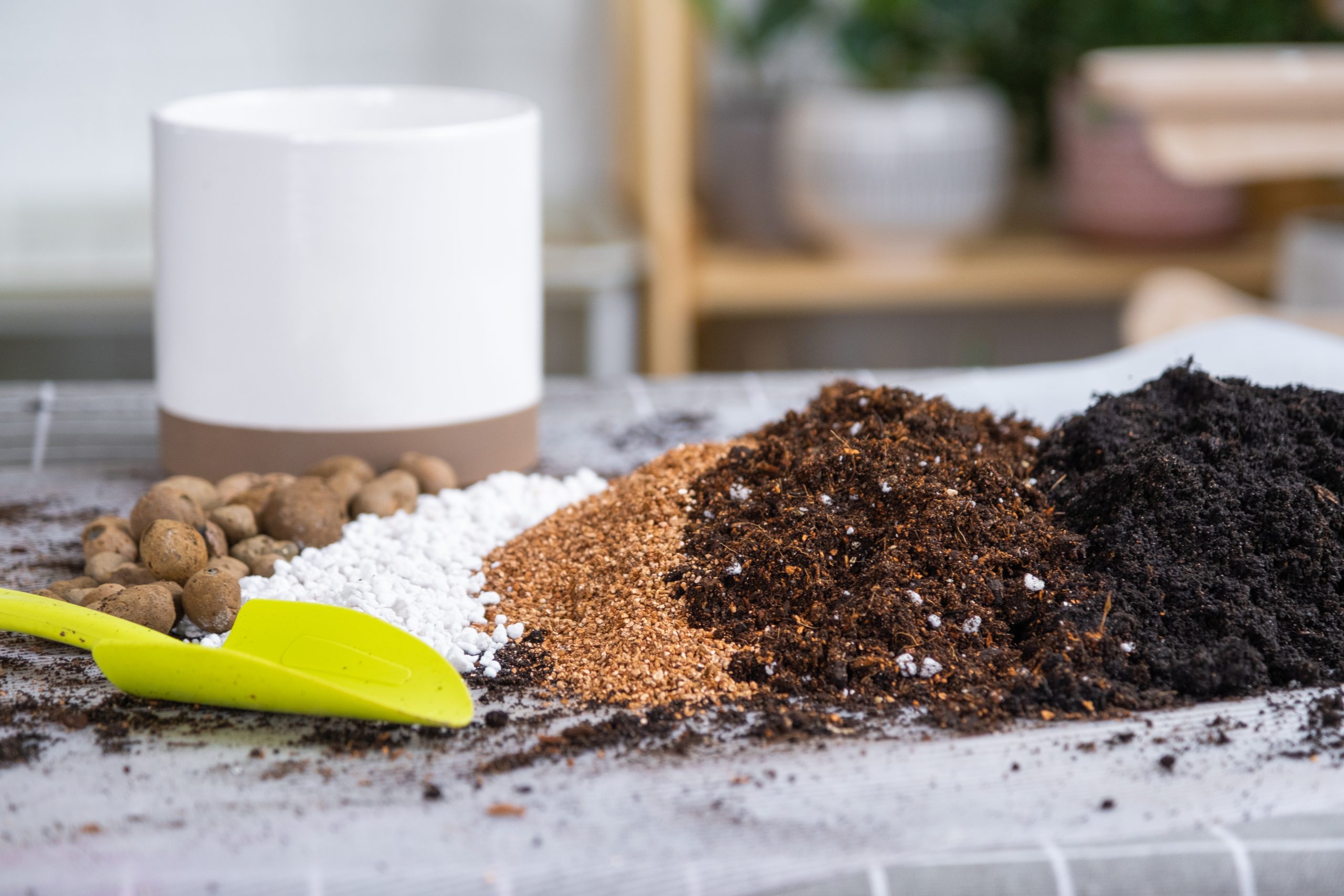
Welcome to the vibrant world of organic microgreens – tiny greens that pack a nutritional punch! In this article, we’ll explore the top soils that will help your microgreens flourish, turning your urban space into a mini farmers market.
Microgreens are the sprightly young cousins of our favorite vegetables and herbs, harvested just after the first true leaves emerge. They’re not just pretty garnishes; these little guys are nutrient-dense and bursting with flavor.
As an urban gardener, I’ve seen firsthand how growing microgreens can transform a small space into a green oasis. They’re perfect for city dwellers craving a slice of nature and a taste of self-sufficiency.
1. Coconut Coir Benefits
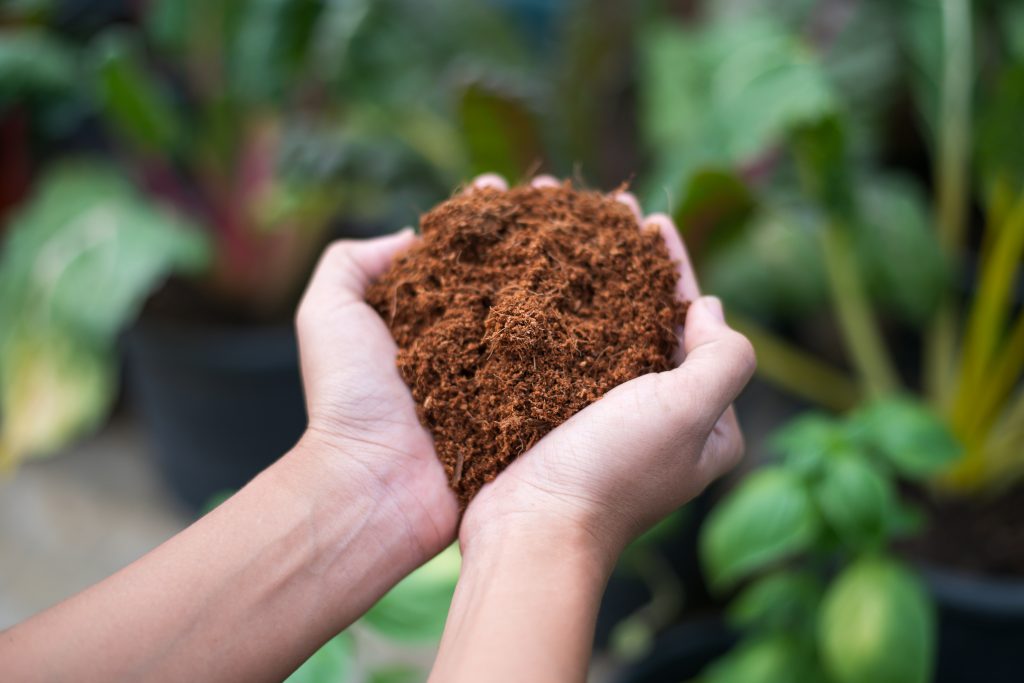
Coconut coir is a game-changer for urban gardeners. It’s a sustainable byproduct of coconut harvesting, and let me tell you, it’s amazing for growing microgreens. It retains water like a sponge, which means less frequent watering, and its neutral pH is perfect for most microgreen varieties. Plus, it’s naturally resistant to mold and pests, making it an ideal choice for indoor gardening.
Hey hey! Don’t forget to subscribe to get our best content 🙂
2. Peat Moss Mixtures
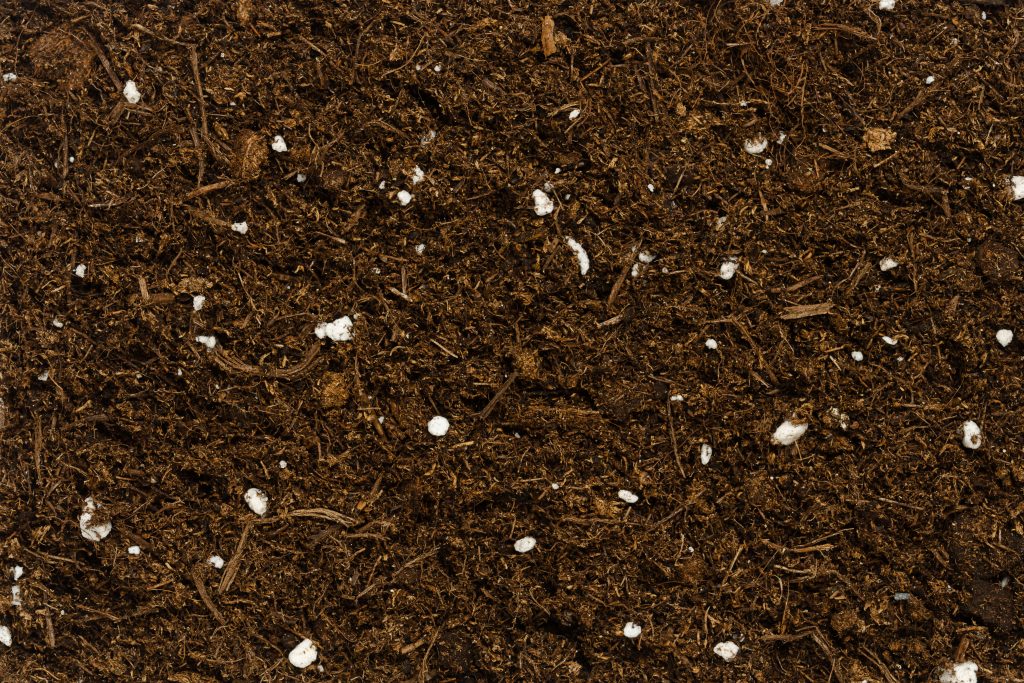
Peat moss mixtures are the trusty old-timers in the soil world. They provide excellent aeration and water retention, creating a hospitable environment for those tiny roots. Blending peat with other materials, such as compost or perlite, strikes a balance that can help your microgreens thrive.
Just keep in mind that peat moss is slightly acidic, so it may need a little lime to neutralize the pH for certain plants.
3. Perlite-Enriched Soils
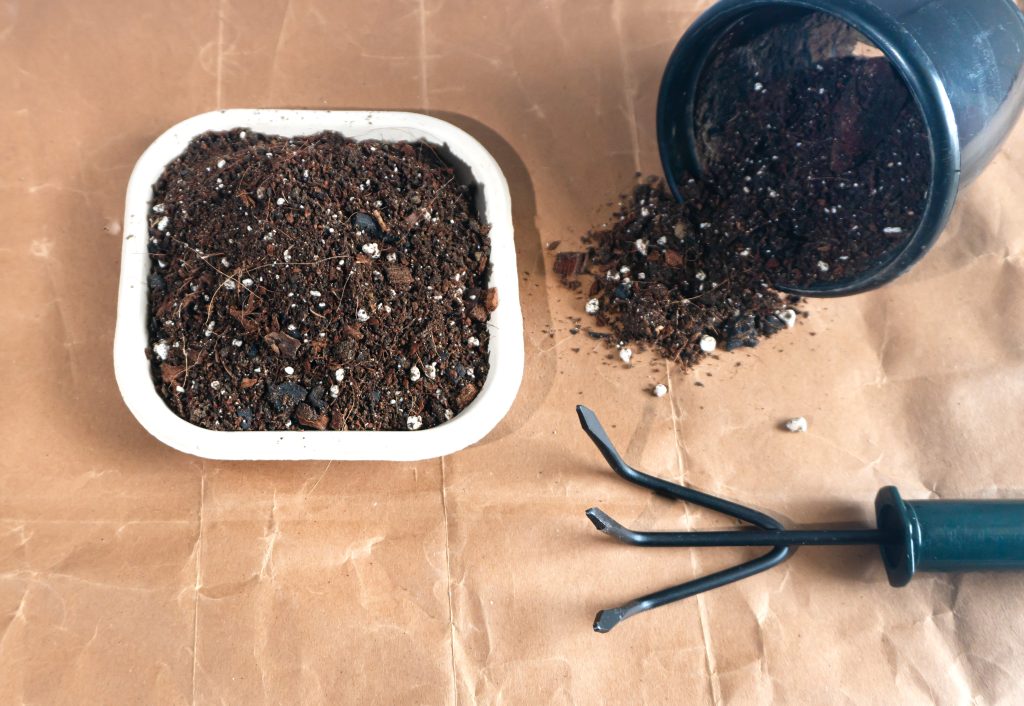
Perlite-enriched soils are like the airy fairy cakes of the plant world – light, fluffy, and just right for delicate microgreen roots. Perlite is a volcanic glass that’s heated until it pops like popcorn, creating a lightweight material that improves drainage and aeration.
Mixing perlite into your soil can prevent compaction, ensuring your microgreens don’t feel too claustrophobic down there.
4: Vermiculite-Based Blends
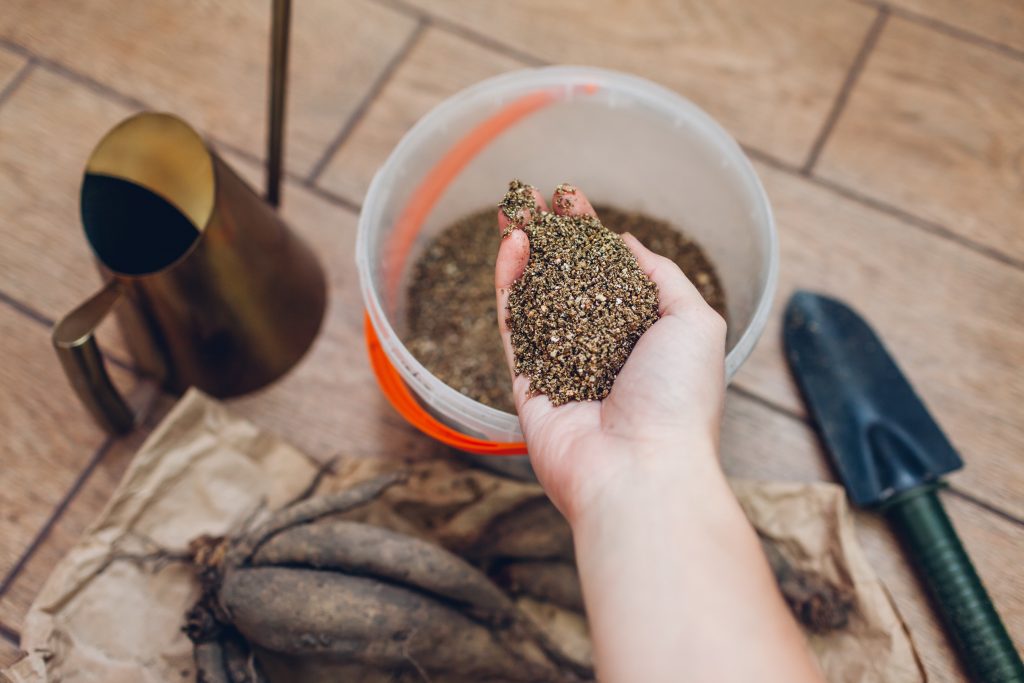
Vermiculite-based blends are the unsung heroes of the microgreen world. This mineral not only aids in aeration and moisture retention but also has the bonus of slowly releasing nutrients back to the roots. It’s like having a built-in buffet for your greens! Vermiculite’s water-holding capacity can reduce the frequency of watering, which is a godsend for busy urbanites.
5. Compost and Soil Mix
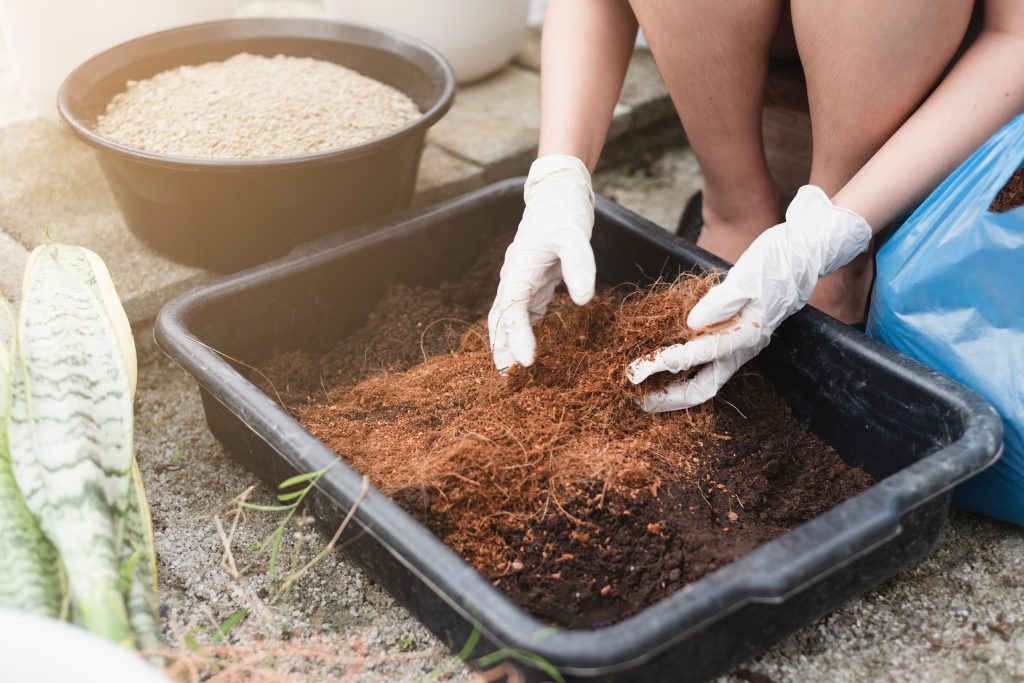
A good old compost and soil mix is the comfort food for plants. It’s packed with nutrients and beneficial microorganisms that are essential for healthy growth. When I mix my own, I aim for a ratio that provides both the nutritional oomph of compost and the structure of the soil. It’s like creating a custom feast for your microgreens – bon appétit, little ones!
Evaluating Soil for Microgreens
The secret to lush microgreens lies beneath their roots – the soil. It’s not just about dirt; it’s about a living, breathing foundation that supports growth. When choosing soil for microgreens, look for a fine, even texture that holds moisture without becoming waterlogged.
It should be rich in organic matter (think compost) but light enough to allow delicate roots to breathe and penetrate easily. Remember, healthy soil equals happy plants.
Soil Amendments for Nutrient Boost
To give your microgreens an extra pep in their step, consider soil amendments. Adding a bit of worm castings or seaweed extract can work wonders. These natural fertilizers provide a slow release of nutrients, making them safe for your tiny greens. It’s like giving your plants a multivitamin tailored to their needs – and who doesn’t want to be at the top of their game?
Watering Tips for Optimal Growth
Watering is the zen art of microgreen gardening. Too little, and your greens will throw in the towel; too much, and you’ve got a soggy mess. Aim for consistently moist soil, using a spray bottle or a gentle watering can. And here’s a pro tip: water in the morning so your greens have time to dry off, reducing the risk of fungal diseases. It’s all about finding that Goldilocks zone.
Common Microgreen Soil Mistakes
Let’s face it, we all goof up sometimes. A common mistake is using garden soil, which can be too heavy and may harbor pests and diseases. Another oopsie is over-fertilizing, which can burn delicate roots and lead to sad, wilted greens. Keep it simple, folks. Focus on the right soil and proper care, and you’ll be a microgreen maestro in no time.
Now that you’re armed with the dirt on the best soils for organic microgreens, it’s time to roll up your sleeves and get planting. Remember, the right foundation can make all the difference in your urban garden, so choose wisely and watch your microgreens thrive. Happy gardening!

